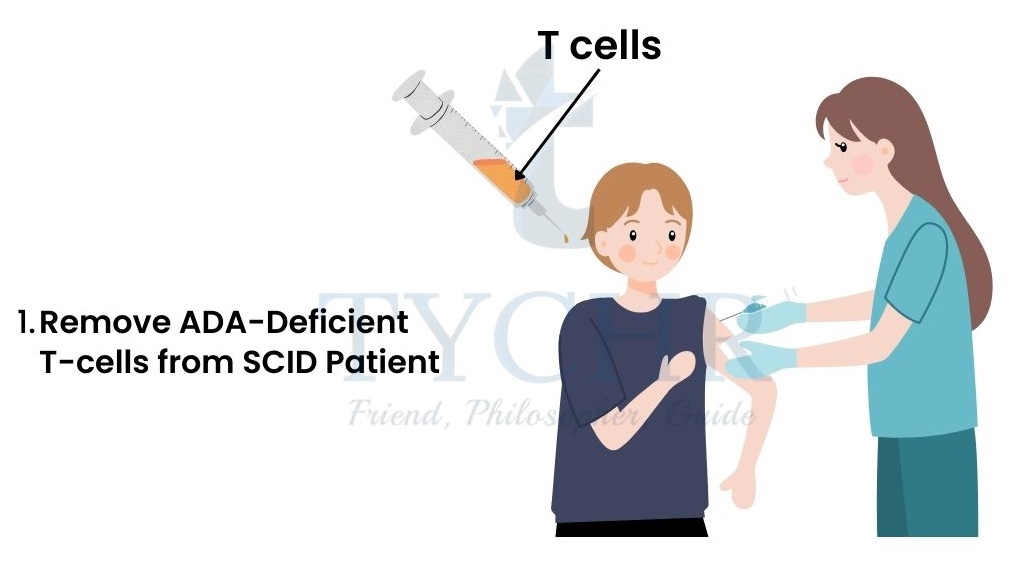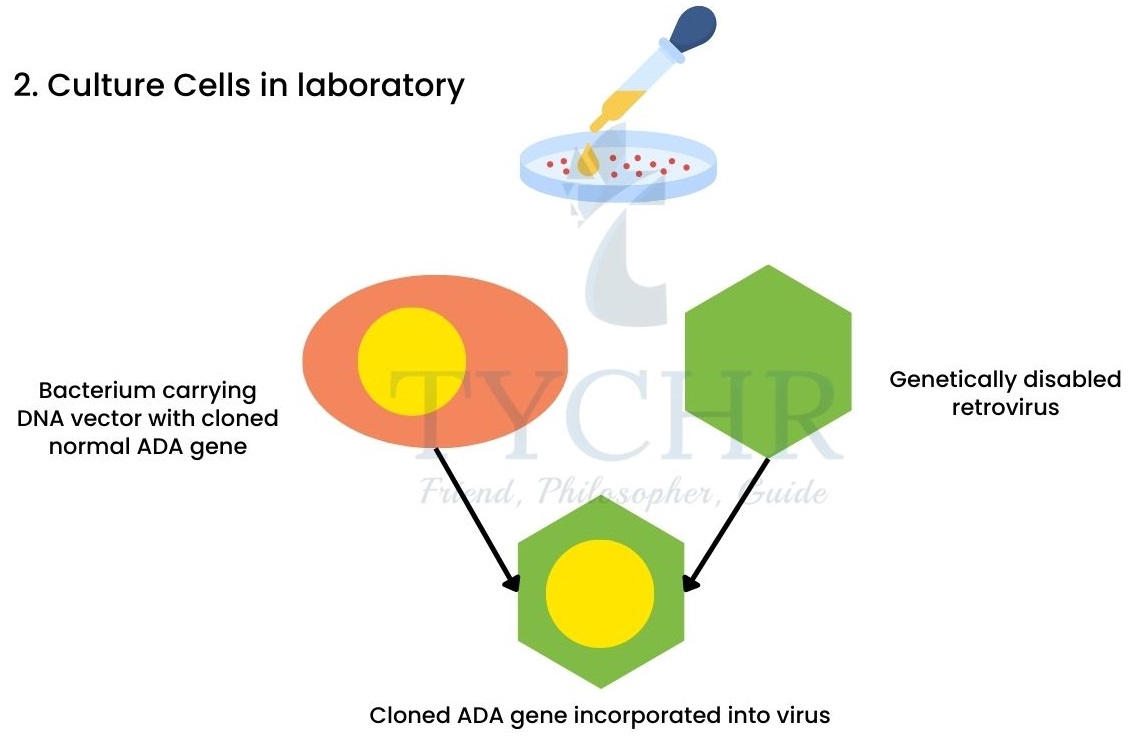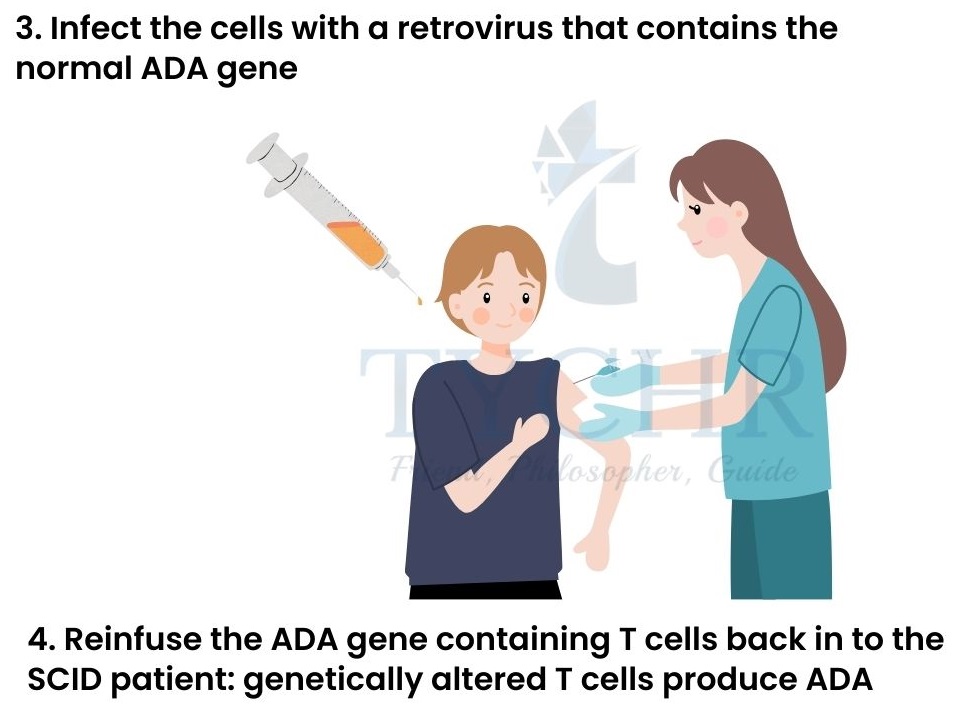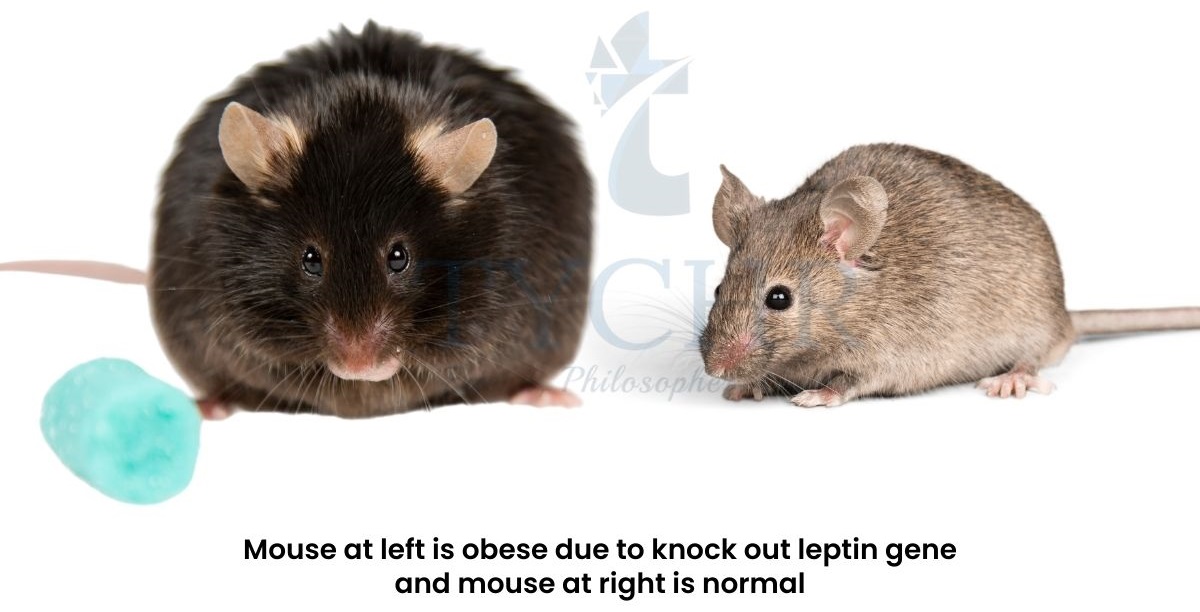biotechnology and bioinformatics Notes
Biotechnology and bioinformatics
Approaching the topic
- Understanding the concepts
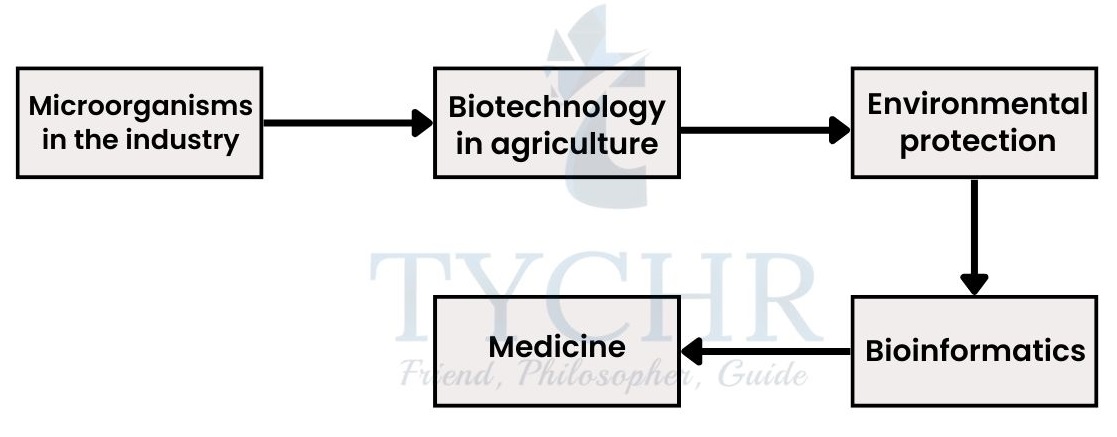
- Application of these concepts
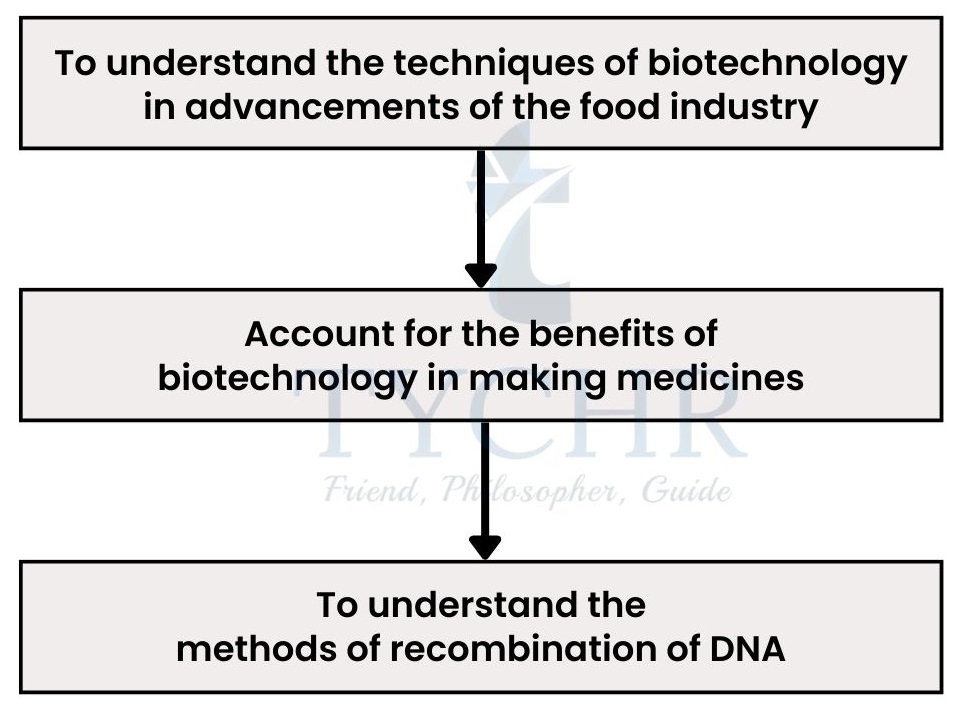
Microorganisms
Introduction
- They are small, have fast growth rate and are metabolically diverse. These features made them significant in the food industry, chemical industry and medical industry.
- They can be used to make food essentials like bread, cheese, yoghurt, beer and wine etc. and antibiotics, hormones, bio-chemicals as medicine essentials.
- The genes of these microorganisms can be altered to increase their performance or to obtain certain desirable products.
Pathway engineering
- It is method to alter or modify the genetic makeup of the microorganism for to derive the products for human use.
- This method can be used to obtain metabolites of interest without interfering with the normal bacterial growth and and reproduction.
Why microorganism?- They have fast growth rate, high yielding capacity and easy to handle.
- Are dependent on glucose for their carbon source, which is easily accessible.
Fermentation
- The process of large scale culture of microorganism to produce metabolites of interest using fermenters.
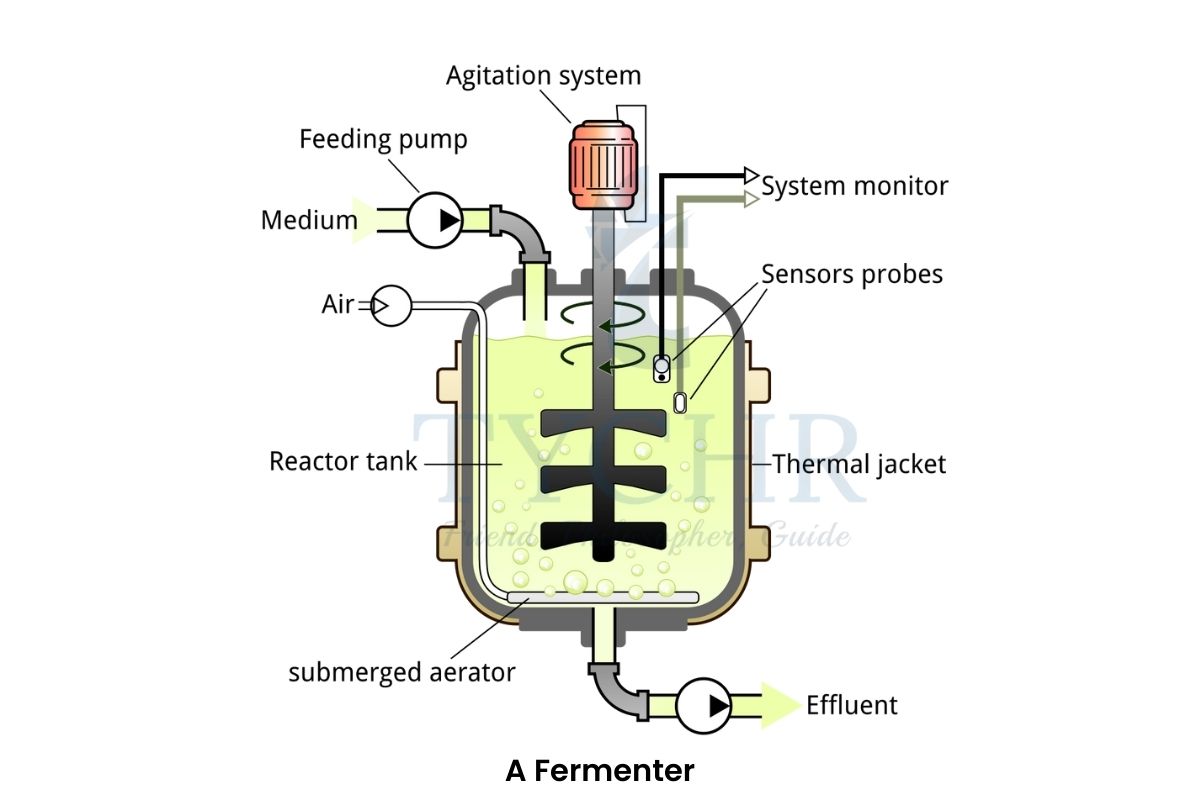
Figure 13.1 A fermenter - A fermenter is a large steel vessel in fitted with an impeller to prevent sedimentation of the medium inside.
- A sterile nutrient medium and an inoculum of desired microorganisms are filled in the vessel.
- If the metabolic process is aerobic, then gas through air bubbles is released which is determined by a pressure gauge that lets it out if it exceeds the limit.
- Metabolic process inside the vessel releases heat as one of the waste products and therefore a cooling jacket filled with cool water surrounds the vessel.
- Temperature, oxygen and pH probes are fitted to monitor the respective conditions.
- The mentioned conditions must be maintained in order to continue the process efficiently.
- There are two types of fermentation; fed-batch and continuous fermentation.
- Fed-batch fermentation: In this, a fixed amount of nutrients and substrates are added at a time and no further addition is done during the incubation period. The products are extracted when reach the higher concentrations. It is used for obtaining secondary metabolites.
- Continuous fermentation: The nutrients are added constantly and the products are harvested at the same rate.
Fed-batch production of penicillin (an antibiotic)
Continuous-batch fermentation of citric acid
|
Biogas production
- Anaerobic microbes work in the production of biogas by breaking down organic matter such as manure, plant matter and household organic wastes.
- Biogas is a mixture of many gases; methane (50-75%), CO2 (25-45%), Nitrogen (0-10%), water (2-7%) and H2S (0-3%).
- The two groups of bacteria named; eubacteria and archaeabacteria work together. Eubacteria convert organic waste into acetate, CO2 and hydrogen. Then the archaeabacteria works on the products of eubacteria to produce biogas.
- The reactions follow;
𝐶𝑂2 + 4𝐻2 → 𝐶𝐻4 + 2𝐻2𝑂
𝐶𝐻3𝐶𝑂𝑂𝐻 → 𝐶𝐻4 + 𝐶𝑂2
- Series of events take place is: Liquefaction (hydrolysis of long chain compounds), acidification, acetic acid formation and at last methanogenesis.
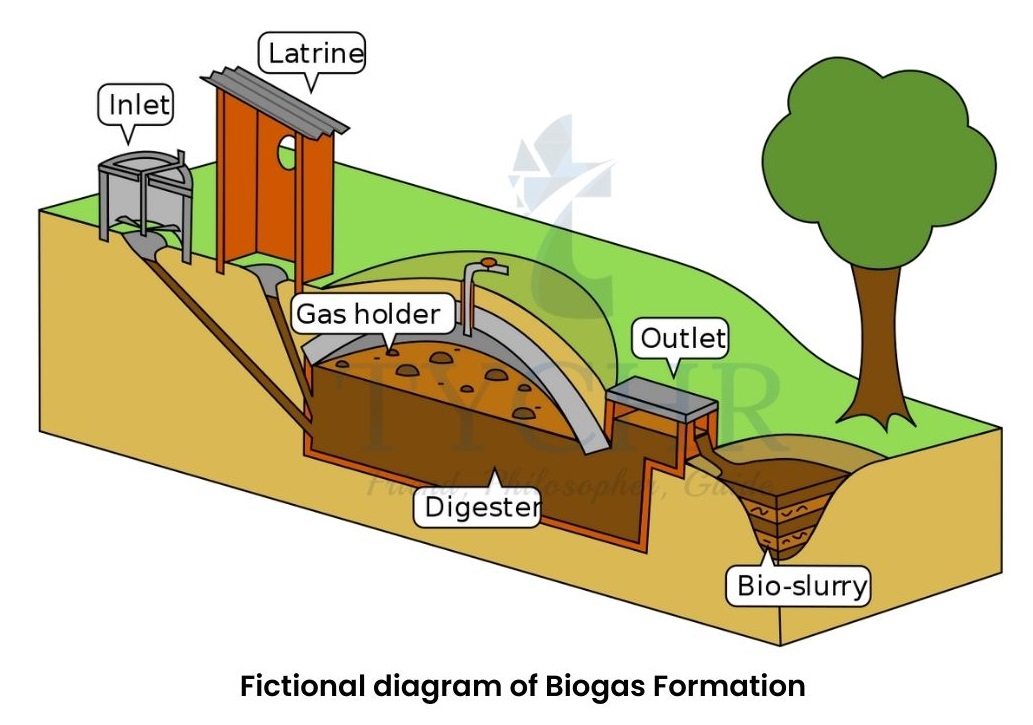
Figure 13.2 Fictional diagram of biogasformation
Gram staining
- It is a method of differentiating two groups of bacteria named; gram-negative and gram-positive bacteria. These two groups are different based on their structure of cell wall.
- Gram-positive bacteria have thick layer of and important material peptidoglycan while gram-negative bacteria have thin layer of Also gram-negative bacteria have an outer layer of lipopolysaccharide and carbohydrates.
- Gram staining includes certain chemicals to act on these two kinds in order to differentiate them.
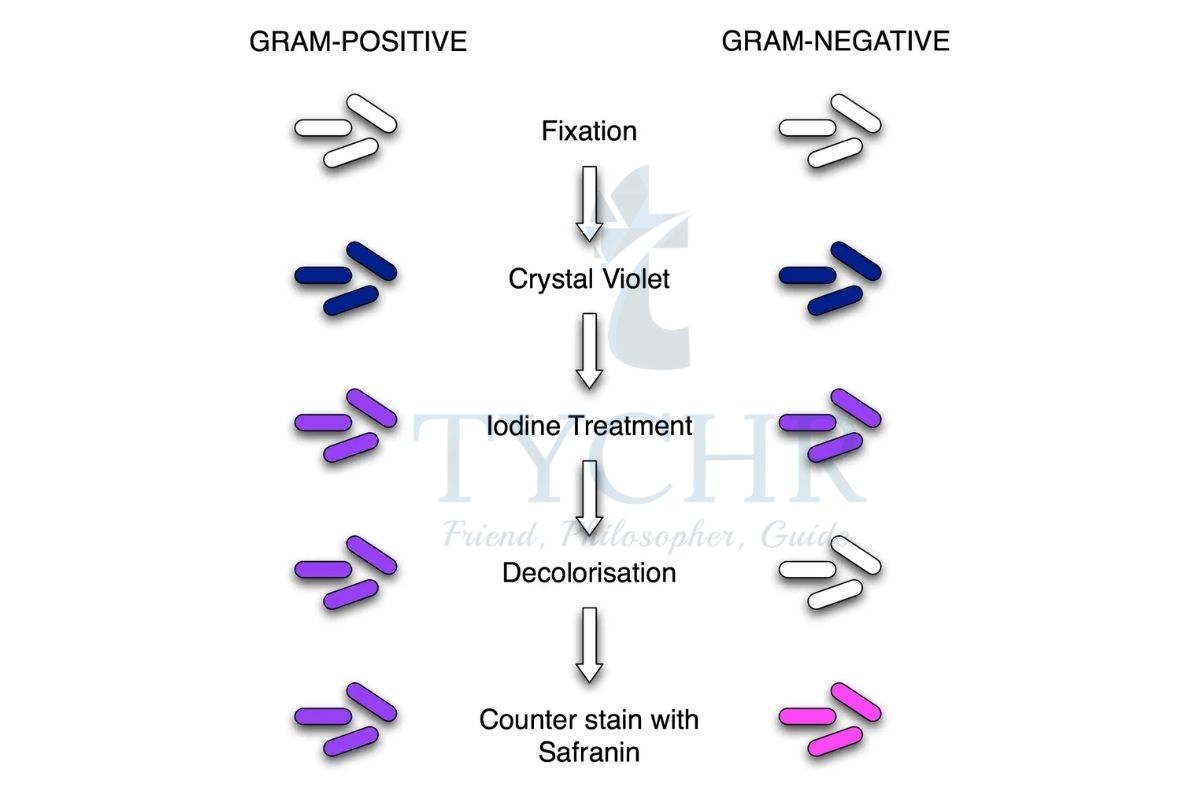
Biotechnology in agriculture
Genetically modified crops
- The technique of biotechnology makes it possible to have genetically modified crops (GM crops).
- When a new gene is introduced in a species that offers production of the proteins that were not the part of its proteome earlier is called transgene and the organism possessing this gene is called transgenic.
- This transfer of genes is done between the species in which one is having the feature that could be very useful if shown by the other.
- Genetically modification in crops may offer certain benefits like increased crop yields, resistance to unfavourable environmental factors etc.
- Examples include;
- Soybean crops if introduced with glyphosate (a herbicide) resistant gene then it will stay unharmed by glyphosate herbicide and the weeds will be killed.
- Agrobacterium tumefaciens is a pathogenic bacterium that is used as a vector to transfer the desired gene into the plants. It attacks the plant and causes tumour due to its Ti plasmid (tumour inducing plasmid). This circular plasmid is altered by the ligation of new desired genes and these bacteria cells are cultured with some soybean cells.
- Each cell in the culture is grown into a new plant with glyphosate resistant genes.
- Soybean crops if introduced with glyphosate (a herbicide) resistant gene then it will stay unharmed by glyphosate herbicide and the weeds will be killed.
- Hepatitis B vaccines can be made by tobacco plants. Here TMV (tobacco mosaic virus) is used as a vector to transfer the desired gene. TMV is altered with the gene that induces antibodies in the plant and transferred to the plant. Then after a few days, the vaccine can be collected from tobacco leaves.
- Golden rice was made using the genes daffodil plants and a bacterium with an intention to produce β-carotene which is a precursor of Vitamin-A.
- An Amflora potato is made which produces 100% amylopectin compared to 80% in normal potatoes.
- Corn has been introduced with the CRY gene taken from Bacillus thuringiensis. It now can produce toxins which can harm corn borers.
Means to transfer desired genes
Physical methods
- Electroporation: Recipient cells undergo electrical impulses which cause pores in their cell membranes which enables DNA to enter the cell and the nucleus.
- Biolistics: DNA is coated on the micro-particles of gold or tungsten and fired in a plant cell to make it transformed. This method is not used on animals because animal cells do not have a cell wall.
- Microinjection: DNA is injected directly into the protoplast with a microneedle.
Chemical methods
- Transfection: A solution containing DNA with calcium-phosphate ions and the recipient cell is prepared. The cell engulfs the DNA wrapped with calcium- phosphate ions which tend to neutralise it in order to be taken by the cell.
- Lipofection: Liposomes (which are artificially prepared lipid with an aqueous interior). The DNA is put into the aqueous part and the liposome is fused with the lipid bilayer making DNA to cross the membrane and enter the cell.
Environmental protection
Bioremediation
- It is the process of using organisms, especially microorganisms to eradicate pollutants. Microorganisms have the right enzyme to break the pollutants and the products released would be neutral to the environment.
- They perform the breakdown of these pollutants as a part of their metabolism.
- Examples include:
- Marinobacter acts on a hydrocarbon pollutant benzene and can turn it into simple CO2.
- A species of Pseudomonas called Pseudomonas aeruginosa with the help of a molecule named rhamnolipid (a surfactant) can eradicate crude oil from the water bodies.
- A bacterium named Geobacter sulfurreducens could be helpful in eradication of uranium. It makes soluble uranium to insoluble and therefore it would be settled which can be collected.
- Mercury pollution can also be eradicated with the help of Pseudomonas. Mercury can leach into soil or water where a bacterium named Desulfovibrio desulfuricans adds a methyl group to it and makes it even more harmful. Pseudomonas acts on it and converts it into a simple elemental mercuric form.
Biofilms
- A biofilm is a film of aggregates of microorganisms that sticks to the surface due to cooperation between individual cells.
- A certain biofilm may be composed of protozoan, algae, fungi and bacteria altogether. They kept united and held together themselves and with the surface by secreting extracellular polymeric substances.
- Likewise as an example, dental plaque may contain as many as 500 taxa of microorganisms.
Emergent properties
- These are the properties shown by biofilms as a consequence of the unity of many different types of microorganism.
- These properties can be particularly mentioned as;
- Complex structure
The microorganism when found a surface comes closer through the means of that surface and when combined, they release ESP-extra cellular matrix which bonds them even more. - Quorum sensing
It is a system of behaviours of microorganisms to function in a cooperative manner. They work in a way that even the gene expression can be affected by the population density. - At first, a small population called inducers tend to make EPS and signal some more to be inducers. Once the inducers run high, the whole population is stimulated to transcribe their gene to produce EPS to make a strong biofilm.
- Likewise is the activity of Pseudomonas aeruginosa (causes lung infection). They use quorum sensing to form a biofilm in the lungs and when this biofilm turns aggressive, they become resistant to the immune system.
- Complex structure
- Resistance to anti-microbials agents
- The biofilm covered with EPS offers resistance to many antimicrobial agents.
- Viruses (more specifically bacteriophages) may be used to eradicate biofilm of a particular species of bacteria.
Advantages
- Trickle filter beds
- Biofilms are used in sewage treatment plants. A trickle filter bed is aerobic bacteria laid on the surface of filter media (may be rock or plastic).
- The sewage water is sprayed on it and aerobic bacteria oxidise the organic matter into CO2.
- The treated water along with CO2 is collected in an underground drainage system.
- Cleaning of water bodies
- Biofilm can be formed on the roots of the rafts in the water body. This helps in removing nitrogen and phosphorus (which are already absorbed by rafts’ roots), also copper, zinc, lead and other solids out of the water.
Medicine
Genetic markers
- These are the genetic variations in the DNA sequences if any disease is present.
- They may contribute to the disease by involving in the coding sequence or may not be involved in any coding sequence but still can influence the conditions.
- These markers could be single nucleotide polymorphs – SNPs (snips) or tandem repeats. Though mostly SNPs.
- The marker alleles are found more frequently in people affected with any disease.
- These markers can tell the susceptibility to a certain disease but that disease may or may not occur in future.
DNA microarray
- It is a small surface having a collection of DNA probes attached to it, which can be used to identify the genetic marker.
- Process to identify marker follows:
- Isolation of mRNA from a collected sample or blood or hair.
- Translation of mRNA into cDNA using reverse transcriptase (RT). The process is called reverse transcription.
- cDNA is then labelled with fluorescent labels and hybridised with the known DNA probes of the microarray.
- Excess cDNA is rinsed off (which do not get hybridised). The microarray is then put under the scanner and fluorescence is measured. The intensity of fluorescence would indicate the amount of expressed genes.
- The higher the intensity, the more cDNA that gets attached and the gene in the probe has matched with the gene in the sample.
- Analysis of DNA microarray
Polymerase chain reaction (PCR)
- It is the most prominent tool in biotechnology to amplify any strand of DNA. Thereby found its place in detecting markers as well.
- It can be used to diagnose many infecting viruses including H1N1 flu virus, influenza A and B, SARS Covid-19 etc.
- The process follows:
- Nasal secretions are collected, nucleotides, DNA polymerase enzymes as a primer.
- The DNA strand extracted from the nasal secretions and denaturalised by heating.
- The DNA is cooled and hybridization starts with the primer. Further nucleotides add up by DNA polymerase to complete the complementary strand.
- Fluorescent is to be added already, so that the number of copies made of the fluorescence would be increased and virus would be diagnosed.
ELISA – Enzyme-Linked Immunosorbent Assay
- It is also a diagnostic tool, and may be used to diagnose HIV and to test the presence of drugs in blood and urine.
- It works on the condition that there must be a prior immune response to a certain pathogen entering the body to cause any particular disease.
Protein tracking in the body
- Tracking experiments are done using a reporting element like green fluorescent protein (GFP) or radioactive probes to track the location or interaction of the protein molecule rolling inside the body.
- Luminescent probes could also be used for tracking purposes. One of the examples of doing this is tracking with transferrin.
- Quantum rods (a luminescent probe) were used in this experiment. Transferrin protein was attached with the quantum rod and let it flow in the bloodstream. Transferrin receptors are present most prominently in cancer cells and therefore transferrin from quantum rod binds with its receptor.
- The observation was, only the target cells took up the rods and thus had greater luminescence.
Gene therapy – using viral vectors
- In this technique the viral vector could be retrovirus or adenovirus.
- The process follows;
- Disabling the virus (genetically) to make it non-virulent.
- Incorporation of the desired cloned gene into the virus to be delivered to the humans cells.
- Removal of the cells that contain defective gene and then culturing them with the virus so that to transfer normal gene into the genome of the patient.
- The genetically altered cells are reintroduced back into the body of the patient.
- This technique may cure cystic fibrosis, haemophilia, adenosine deaminase deficiency, to name a few.
Treatment of SCID using gene therapy SCID – Severe Combined Immunodeficiency Patients with SCID lack a functional immune system. They seemed to have altered the ADA gene which produces an enzyme adenosine deaminase. This enzyme is responsible for immune response. This is how a gene therapy was performed to cure: Removal of the defected lymphocytes and then culture it with the retroviral cells containing normal ADA producing gene. The normal gene is then incorporates into the cells and they are then reintroduced.
|
Biopharming
- The idea of biopharming was that if edible vaccines could be produced (like vaccines in crops), then the antigens would be produced which could stimulate the release of antibiotics and thus provide immunity.
- Genetically modified animals or transgenic animals are also the means of biopharming. They are made to get the desired product along with the benefits they already provide.
- Biopharming of antithrombin is done using goats. This could be helpful for haemophilic patients as they genetically lose their capacity to control out blood flow from any cut.
Bioinformatics
Databases
- It is the collection of articles, images, quantitative and qualitative information etc. stored in a computer.
- Bioinformatics is prominent in genomics. It uses information technology and computers to help us understand biological processes.
- There are some major databases like:
- GenBank: it has the collection of all publicly available DNA sequences.
- Ensembl: it has genomic information about humans and other vertebrates.
- Swiss-Prot: database of protein sequences.
- Protein Data Bank (PDB): three-dimensional structure databases.
- KEGG (Kyoto Encyclopedia of Gene and Genomes): databases having information about enzymes and reactions used in metabolic pathways.
- EMBL (The European Molecular Biology Laboratory): nucleotide sequences database.
EST – Expressed sequence tag
- It is a small fragment cDNA and can be used to locate or to determine the sequence of the gene.
- If the sequence of a gene could be determined, then its function can also be understood.
Cladograms and phylograms
- Bioinformatics tools can help in constructing evolutionary relationship trees.
- By comparing nucleic acid and protein databases from many organisms, evolutionary relationships can be determined.
- A cladogram shows only the branching pattern where the lengths of the branches do not indicate the time spans while in phylograms, the length of the branches indicate the time spans and relative amount of change.
BLAST – Basic Local Alignment Search Tool
- It is a tool used to search the databases and to find the regions of similarities between sequences.
- BLASTn and BLASTp searches; BLASTn is for the nucleotide search, if we found any alignment with nucleotide sequences of other organism in the database. BLASTp is for the protein search, it compares the protein sequences.
- The function of an unknown sequence can be identified by searching the database for a similar sequence if identified earlier in an organism.
KNOCKOUT TECHNOLOGY It is also one of the methods to determine the function of the gene. Just to knock out the gene whose function we wish to know and later see the consequences. Knocking out is done by replacing functional sequence with the non-functional sequence in the stem cells. The loss of the functional genomic sequence will definitely result in detectable change in phenotype like seen in mice when its leptin production gene was knocked out.
|

